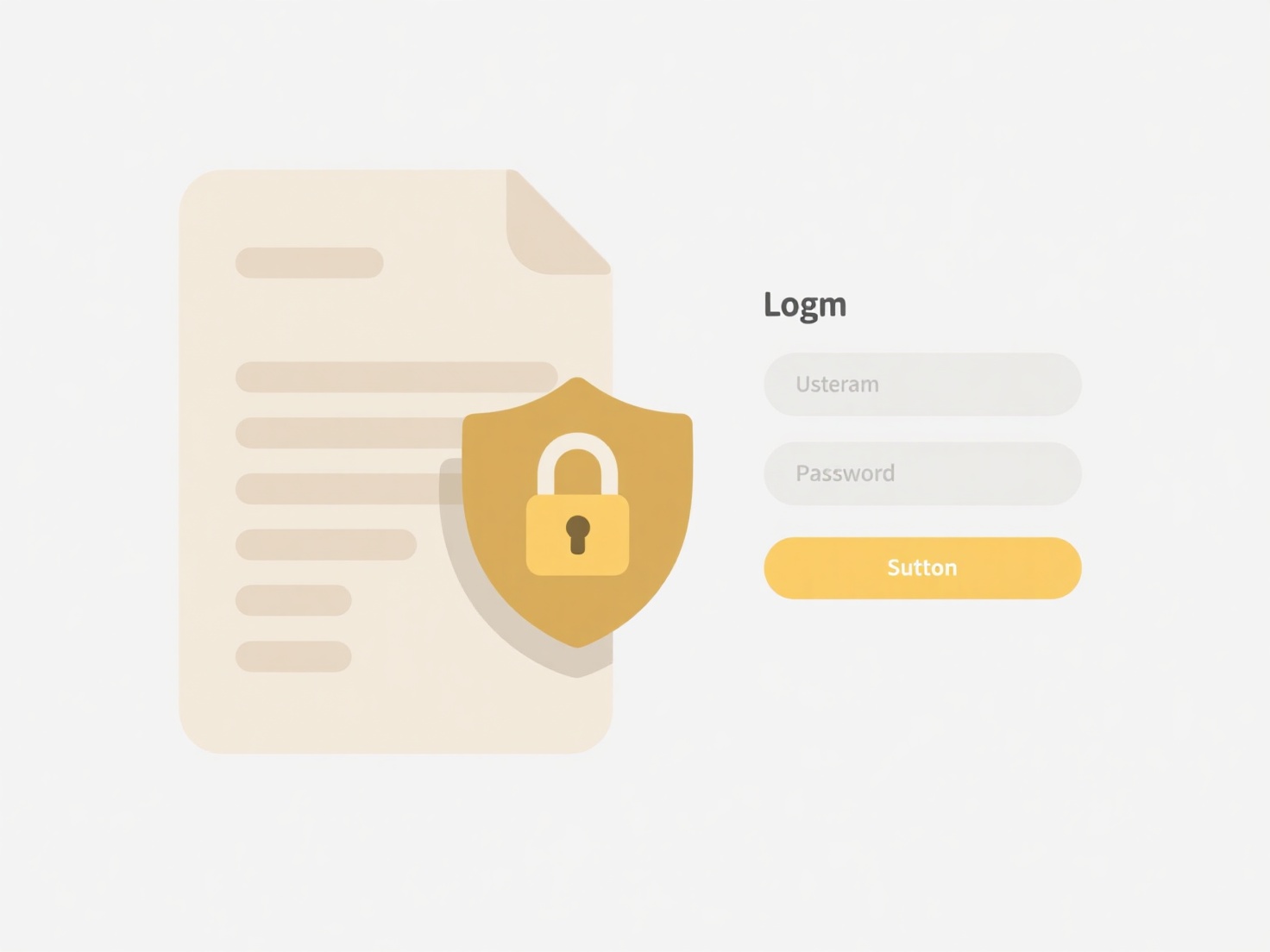
File version naming consistently tracks document iterations using labels like v1, v2, or 'final'. Sequential numbering (v1, v2) shows order of creation. Unlike ambiguous names like 'final', a clear system identifies the latest version easily and shows progress history. Semantic versioning (v1.2.3) adds detail for significant updates or small fixes.
Common practices involve prefixing filenames with 'v' and numbers: ProjectPlan_v1.docx, ProjectPlan_v2.docx. Software development often uses semantic versioning internally or for releases (e.g., app_v1.0.1.zip). Academic teams might include dates: Thesis_2024-03-15_v3.pdf. Design and documentation projects frequently rely on sequential numbering.

Clear versioning prevents confusion and overwriting, enhancing collaboration. However, excessive files can become cluttered, and misleading terms like "final_revised2.doc" cause issues. Digital Asset Management (DAM) systems offer automated tracking, reducing manual naming needs. Descriptive names paired with sequential versions are generally the most effective and widely adopted approach.
What’s the best way to name file versions (v1, v2, final)?
File version naming consistently tracks document iterations using labels like v1, v2, or 'final'. Sequential numbering (v1, v2) shows order of creation. Unlike ambiguous names like 'final', a clear system identifies the latest version easily and shows progress history. Semantic versioning (v1.2.3) adds detail for significant updates or small fixes.
Common practices involve prefixing filenames with 'v' and numbers: ProjectPlan_v1.docx, ProjectPlan_v2.docx. Software development often uses semantic versioning internally or for releases (e.g., app_v1.0.1.zip). Academic teams might include dates: Thesis_2024-03-15_v3.pdf. Design and documentation projects frequently rely on sequential numbering.

Clear versioning prevents confusion and overwriting, enhancing collaboration. However, excessive files can become cluttered, and misleading terms like "final_revised2.doc" cause issues. Digital Asset Management (DAM) systems offer automated tracking, reducing manual naming needs. Descriptive names paired with sequential versions are generally the most effective and widely adopted approach.
Quick Article Links
Can I share files with a QR code?
Sharing files via a QR code is possible, but indirectly. A QR code itself stores a small amount of text data, not large ...
Can I receive alerts when someone accesses a file?
File access alerts are notifications sent when a user opens or views a document, typically configured within a file stor...
Is Wisfile suitable for managing confidential business documents?
Is Wisfile suitable for managing confidential business documents? Wisfile is designed for secure local processing, ma...